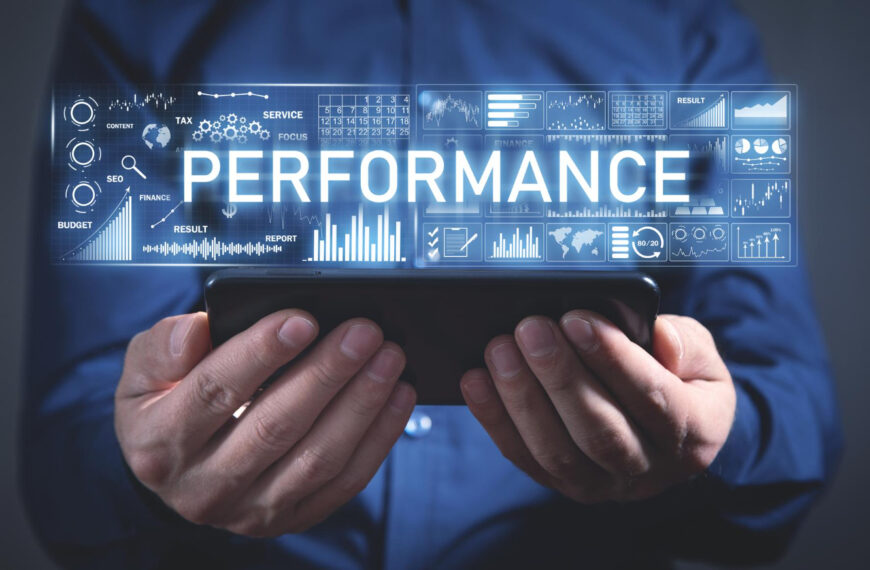
What is a Capability Framework?
Modern businesses, now more than ever, are filled with specialised professionals across many departments. Keeping everyone on the same page can be challenging. That’s where a capability framework comes in.
A capability framework is all about creating a shared understanding of what success looks like across the board, helping everyone stay on track and work towards the same objectives.
But what exactly is a capability framework, and how do companies build them? For a complete understanding of these questions, keep reading.
What is a capability framework?
A capability framework is a structured guide that lays out the skills, knowledge, tools and behaviours employees need to perform effectively and help the organisation achieve its goals. Setting clear expectations helps employees see what they need to grow in their roles and make a real impact on the company.
Think of a capability framework like a checklist of important skills and behaviours a company wants its employees to have. For example, in a tech company, project managers need to be good at thinking strategically, managing people and spotting potential problems early.
By using a capability framework, the company can set clear expectations for what its project managers should be able to do. This might include:
- Decision-making expectations that align with the company’s long-term goals, helping managers focus on what’s most important for the company’s future.
- Specific skills, such as effective communication, team motivation and conflict resolution, so that managers know exactly how they should lead their teams.
- Clear guidance on how to assess risks, prioritise them and take action to mitigate them, helping to keep projects on track.
What are the components of a capability framework?
A capability framework is made up of several key components that together outline what employees need to best perform in their role, and these include:
Capabilities
Capabilities are the big-picture skills and qualities employees need to succeed in their roles. Think of them as broad categories like leadership, communication, technical skills, or problem-solving. They lay the groundwork for what’s expected across different positions, helping everyone understand what’s needed to succeed in their jobs.
Behavioural indicators
These are the specific actions or behaviours that show how to put capabilities into practice at work. They help paint a picture of what great performance looks like and how those broad skills turn into everyday tasks and successes.
Proficiency levels
These are usually broken down into different levels like beginner, intermediate, and advanced. This way, the framework covers various roles and experience levels, making it clear how employees can move up and what’s expected at each step in their careers.
Skills
Skills are more specific than capabilities and usually focus on technical know-how or role-specific expertise. They spell out exactly what’s needed to get certain tasks done effectively.
Knowledge
This refers to the information, concepts or processes employees need to understand to do their jobs well. It’s the foundation that helps support the development of skills and capabilities.
Competencies
Competencies focus on the mixture of skills, knowledge and behaviours needed to shine in specific roles. While they work alongside capabilities, they’re usually more focused on the particular needs of a job.
Values alignment
Some frameworks also include organisational values to make sure employee behaviours and actions are in line with the company’s culture and mission.
Benefits of a capability framework
Understanding what a capability framework is and how it’s structured is just the beginning. The real value comes from the benefits it brings to an organisation. These include:
- Role clarity: A solid framework makes clear exactly what’s expected from employees across different levels, eliminating confusion and boosting performance.
- Better performance and growth: Clear capability frameworks help employees pinpoint where they need to improve, making it easier for them to focus on their development and overall job performance.
- Greater alignment with goals: By connecting individual skills to company goals, the framework makes sure everyone’s efforts are contributing to business success.
- Succession Planning and Talent Management: It helps spot future leaders and skills gaps, so companies can plan better for promotions and manage talent more effectively.
How to develop a capability framework
Here’s a step-by-step guide to help you build a successful capability framework:
- Identify organisational goals
Start by mapping out your organisation’s strategic objectives. This involves identifying the key goals and priorities that drive your company’s long-term success.
Once you have a clear grasp of these goals, you can create a capability framework that matches them. This framework outlines the skills and behaviours needed to hit your targets, making sure everyone’s role supports the bigger picture.
- Involve stakeholders
When developing your capability framework, it’s important to get input from a range of people, from leaders and managers to employees at different levels and departments. By involving these stakeholders, you ensure the framework is thorough and hits the mark for everyone.
- Define capabilities and levels
Break down what each role needs by clearly outlining capabilities required at various levels within your organisation. Think of it as creating a detailed guide for what’s expected from each role, from entry-level positions to top management. This helps everyone in your organisation understand their expectations.
- Test your framework
Before rolling out your framework across the entire organisation, it’s a good idea to test it on a smaller group first. This is your chance to gather feedback and see if there are any issues or areas that need tweaking. Running a practice test can help you make the necessary adjustments.
Get started with a capability framework for your business
A capability framework is a powerful tool that can transform the way your business manages its talent and achieves strategic objectives.
However, learning how to implement a framework effectively takes careful consideration. At MCI Solutions, we can provide tailored guidance and support to help your business identify and nurture the capabilities most suitable for long-term success. Whether you need employee training and development, instructional design, or project management, we’ve got you covered. Get in touch today!




















